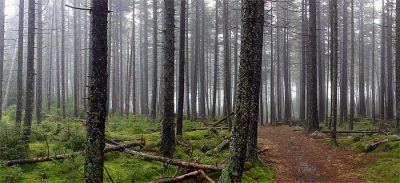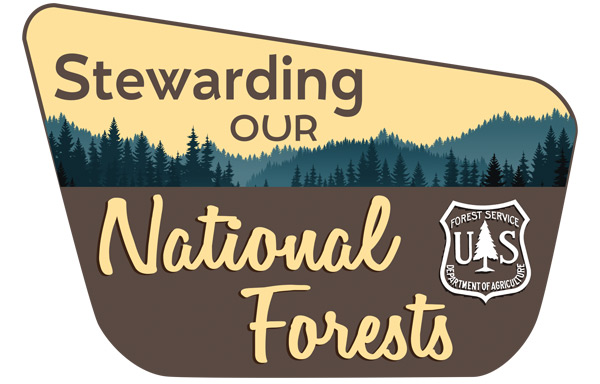As the Climate Changes, National Forests Adapt
By Locke Curtis

Red spruce in the Monongahela National Forest in West Virginia.
Photo Credit: Kristopher Hennig, AmeriCorps with the USFS
American national forests play a crucial role in slowing the effects of climate change according to the U.S. Forest Service. Not only do forests offset about 10 percent of America’s carbon production, they provide water filtration, clean air, erosion protection and biodiversity to the surrounding areas.
Climate change scientists across the country are compiling data on temperature, rainfall and wildlife in order to anticipate coming challenges for forests and respond appropriately. While climate change prediction models do not agree about the future effects of climate change, most foresee extreme patterns of rainfall and drought resulting from an increase in average temperature.
In 2009, public and private forest stakeholders in the Northern United States established the Climate Change Response Framework in an effort to share climate change data and solutions across 246 million acres in 19 states, including 14 national forests. The information-sharing framework has three main objectives: to provide a forum for experiences and knowledge to be shared publicly, to create tools to help private and public landowners manage vulnerable forest ecosystems, and to support efforts to implement adaptive responses to climate change.
In West Virginia, staff from the Monongahela National Forest used the framework’s resources to help develop a project focused on restoring native red spruce populations to a former strip mining site for erosion control.

Efforts like these that anticipate and prepare for climate change are taking place in national forests across the country. To find out how your local forest is responding, contact forest staff or visit their website.
Related Articles
Latest News

Leave a comment
Your email address will not be published. Required fields are marked *





Leave a Comment